
Soil Mechanics and Foundation Engineering/ Dr. Ahmad Fahmi / Professional Excel Spreadsheet Designer
In the name of God /Dr. Ahmad Fahmi's Weblog
Soil Mechanics and Foundation Engineering/ Dr. Ahmad Fahmi / Professional Excel Spreadsheet Designer
In the name of God /Dr. Ahmad Fahmi's WeblogBearing Capacity Calculator
Calculating Bearing Capacity Using Excel Spreadsheets
Bearing Capacity Calculator
Calculating bearing capacity using Excel spreadsheets is a practical, concept-oriented approach for geotechnical engineers and designers. By organizing key soil parameters such as cohesion, internal friction angle, and unit weight into structured spreadsheets, engineers can streamline complex calculations into manageable, step-by-step processes. Excel allows for the efficient application of various bearing capacity methods, such as Terzaghi, Meyerhof, Hansen and Vesic’s equations, with built-in formulas that simplify the determination of foundation performance under different loading conditions. These methods take into account different factors such as soil type, depth, shape, and load conditions, ensuring comprehensive analysis. The concept-oriented design of the spreadsheet not only clarifies the relationships between variables but also enables easy adjustments to parameters, making it ideal for optimizing designs and testing multiple scenarios. This approach improves both the accuracy of calculations and the clarity of data presentation for project documentation and reporting, while allowing engineers to apply industry-standard methods seamlessly.
Watch the Related Videos on Our YouTube Channel (in English):
https://www.youtube.com/@Dr.Fahmi.GEOtExcel


https://www.youtube.com/watch?v=xafDNzuvdWM
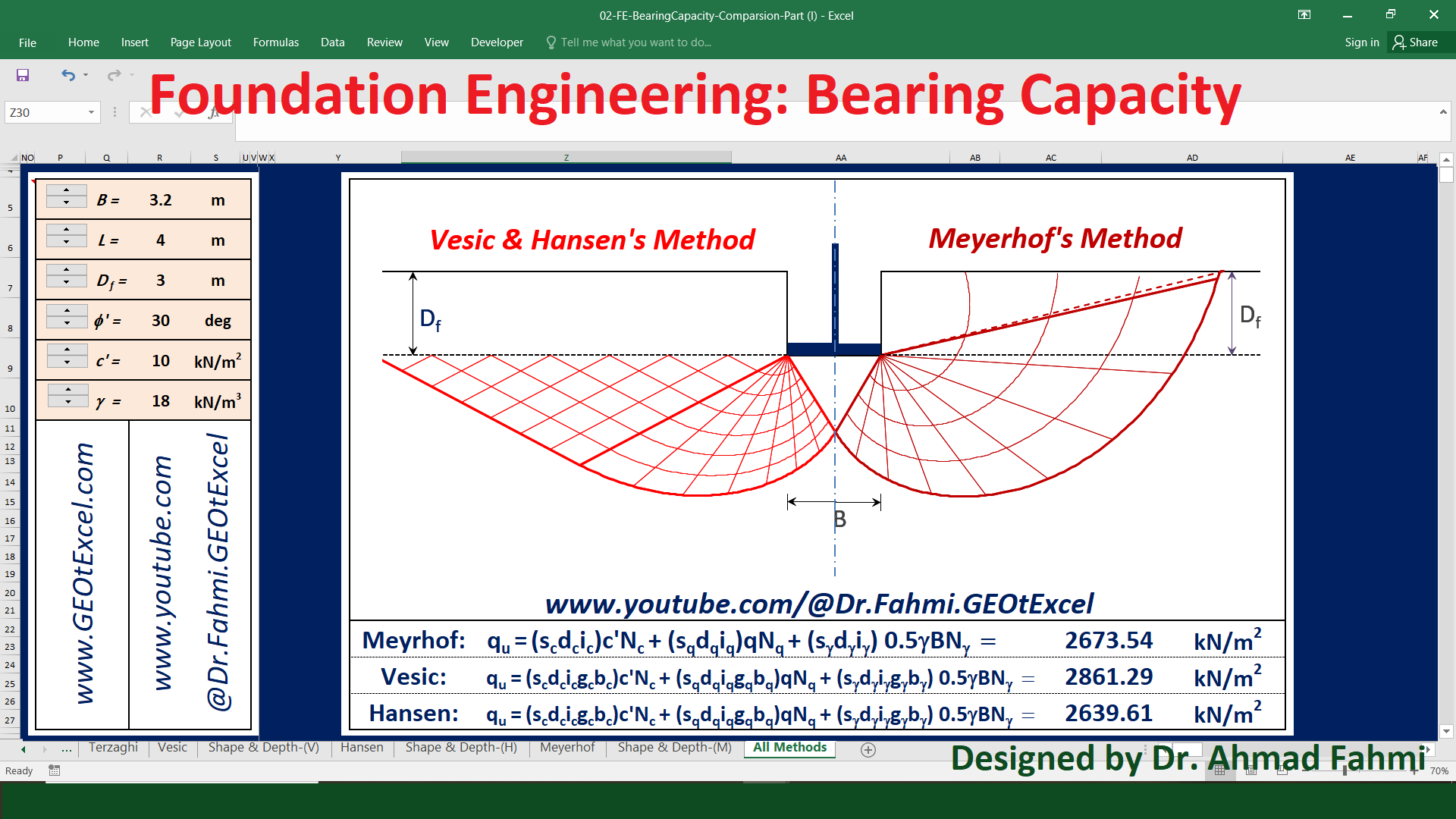
https://www.youtube.com/watch?v=2A-nvMpLCTQ&t=32s

https://www.youtube.com/watch?v=CYsjxh9IuLk
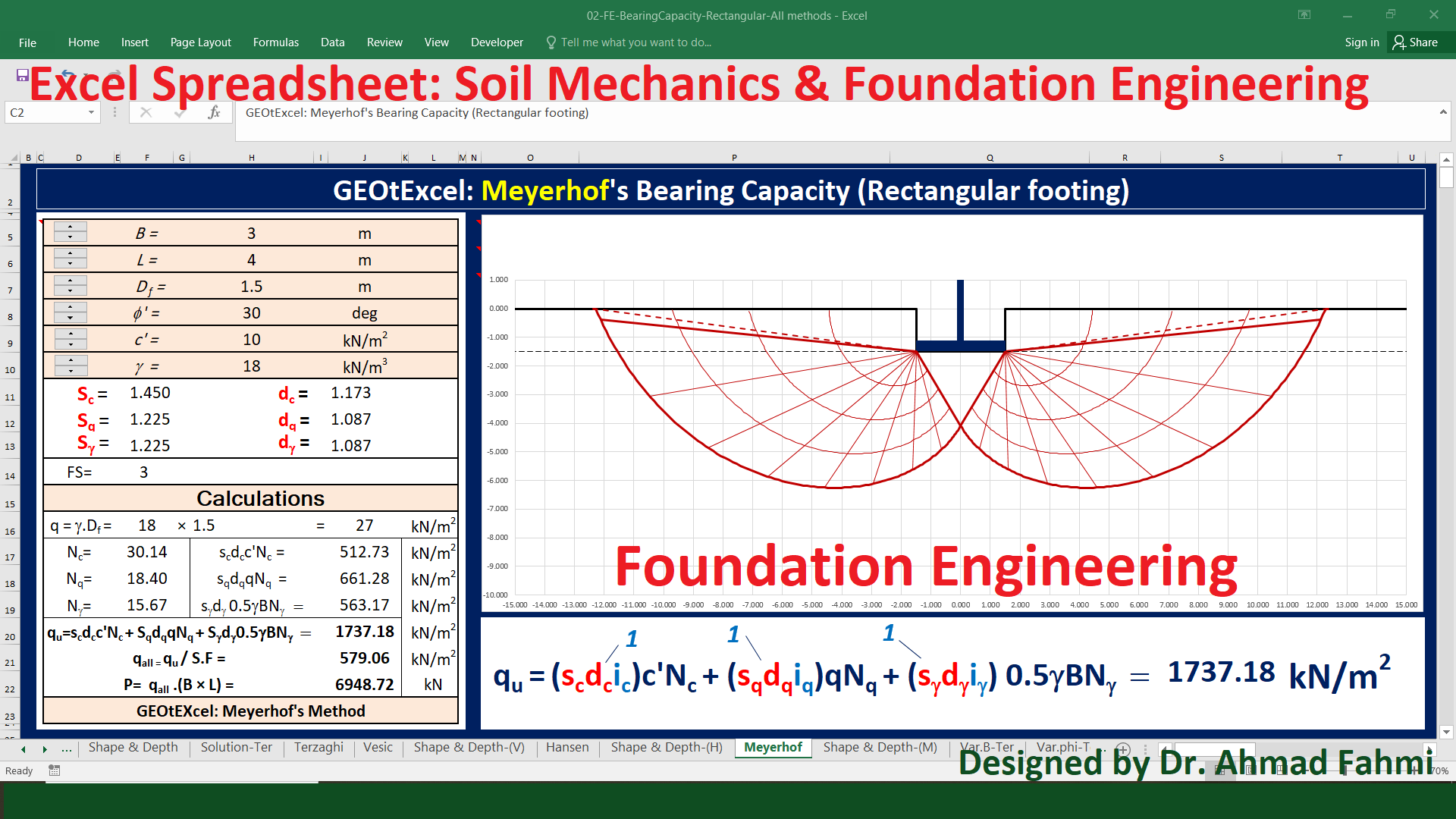
https://www.linkedin.com/feed/update/urn:li:activity:7230479702426058752/
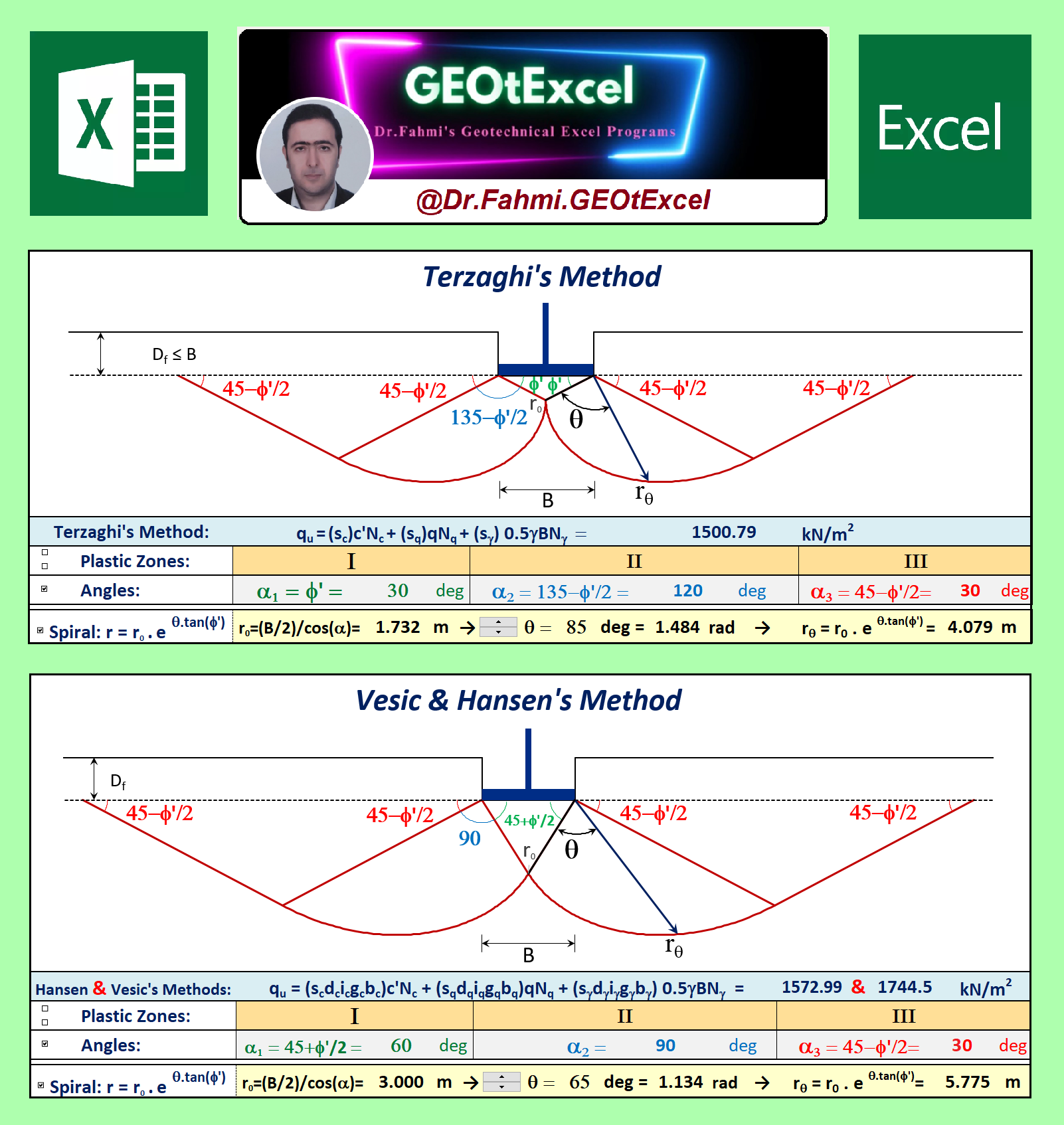
https://www.linkedin.com/feed/update/urn:li:activity:7229481766682558464/
https://www.linkedin.com/feed/update/urn:li:activity:7226966139539488768/
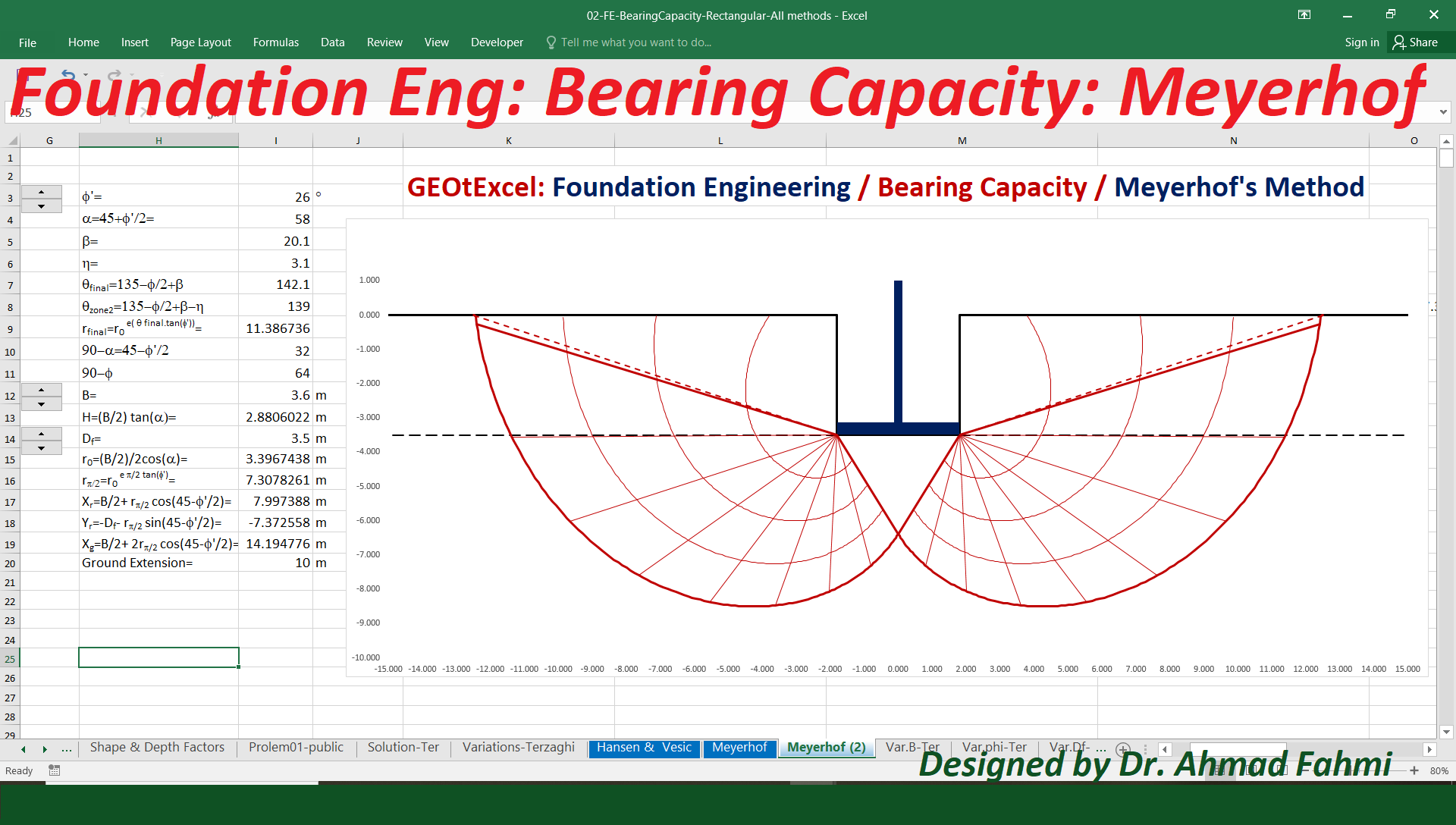
https://www.linkedin.com/feed/update/urn:li:activity:7230130595618582529/
https://www.youtube.com/@Dr.Fahmi.GEOtExcel
https://www.youtube.com/watch?v=eoQZksrBvrI&t=61s
https://www.youtube.com/watch?v=eoQZksrBvrI&t=61s
https://www.youtube.com/watch?v=cIzYpDOUlVo
GEOtExcel YouTube Channel
https://www.youtube.com/@Dr.Fahmi.GEOtExcel
Designed by Dr. Ahmad Fahmi


https://www.youtube.com/@Dr.Fahmi.GEOtExcel

https://www.youtube.com/@Dr.Fahmi.GEOtExcel
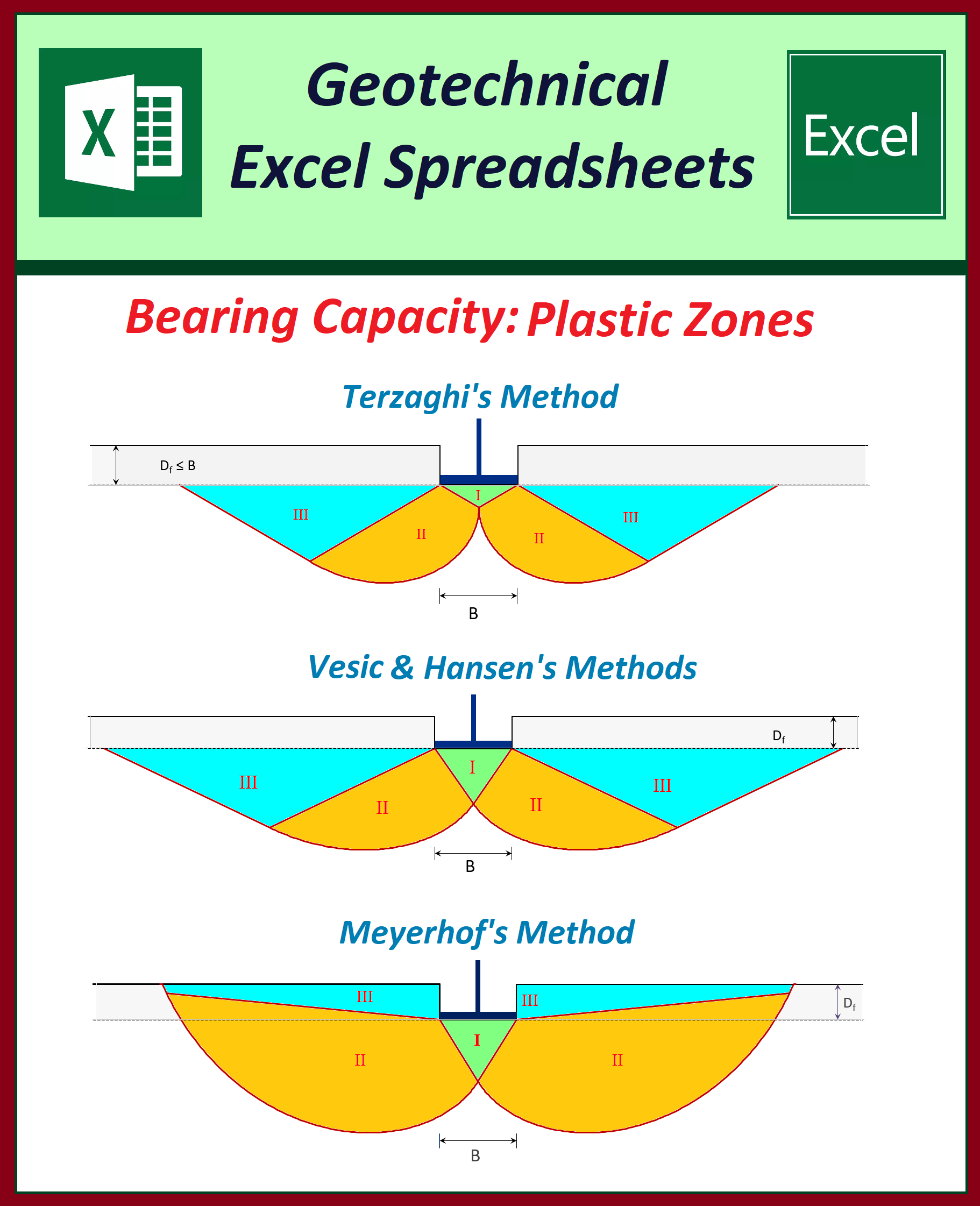
https://www.youtube.com/@Dr.Fahmi.GEOtExcel
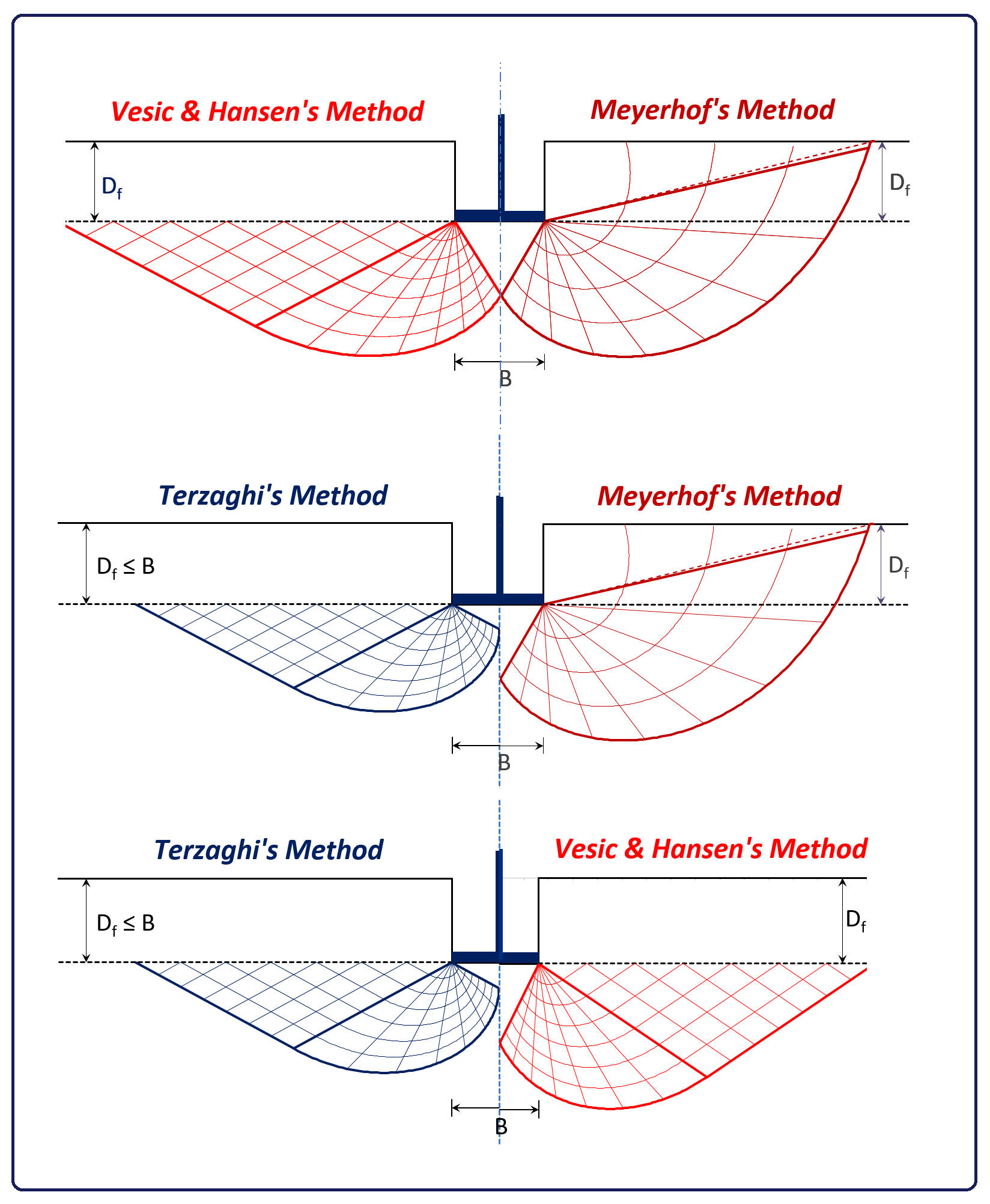
https://www.youtube.com/@Dr.Fahmi.GEOtExcel
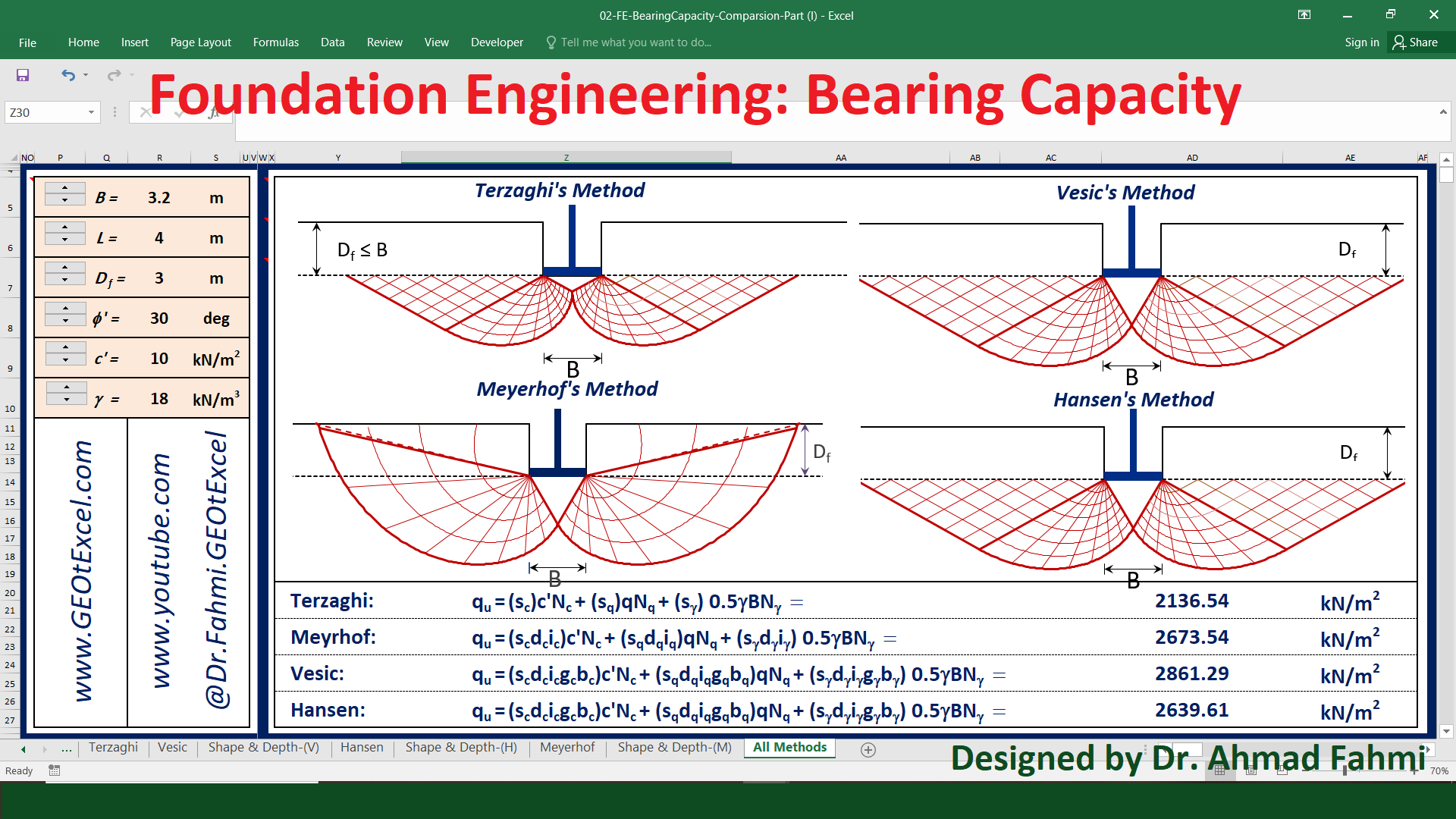
https://www.youtube.com/@Dr.Fahmi.GEOtExcel

https://www.youtube.com/@Dr.Fahmi.GEOtExcel

https://www.youtube.com/@Dr.Fahmi.GEOtExcel
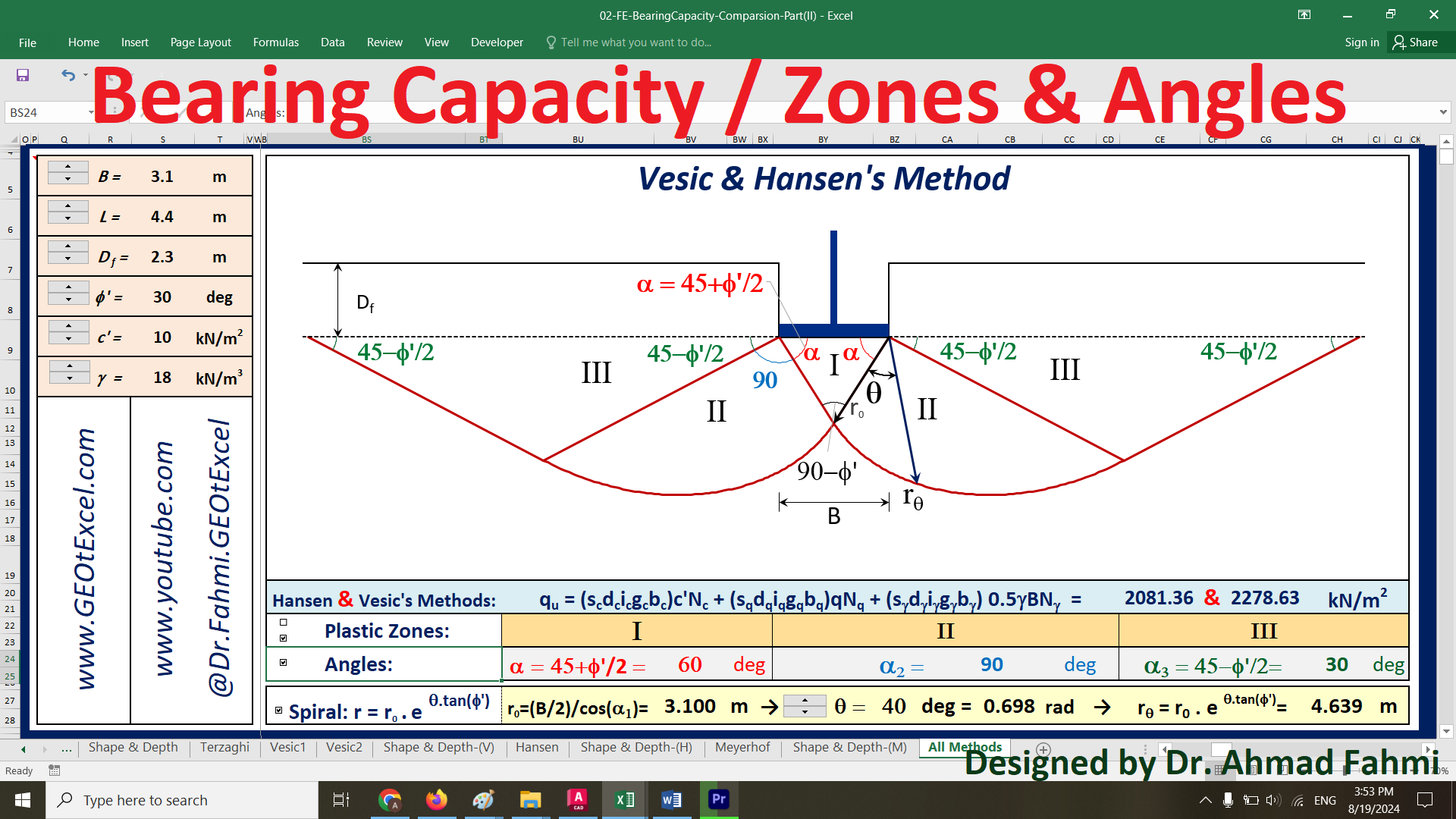
https://www.youtube.com/@Dr.Fahmi.GEOtExcel
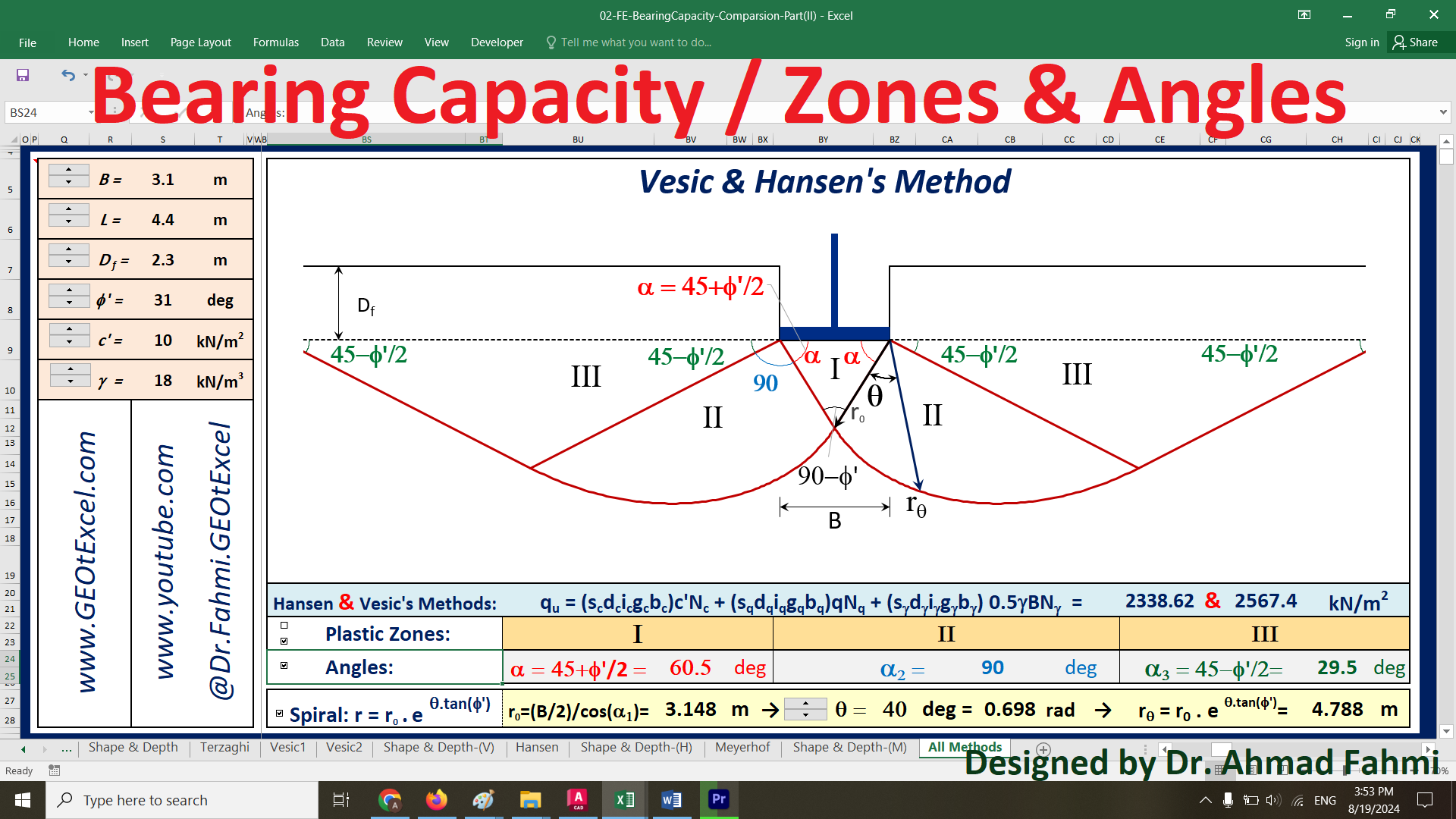
https://www.youtube.com/@Dr.Fahmi.GEOtExcel

https://www.youtube.com/@Dr.Fahmi.GEOtExcel

https://www.youtube.com/@Dr.Fahmi.GEOtExcel
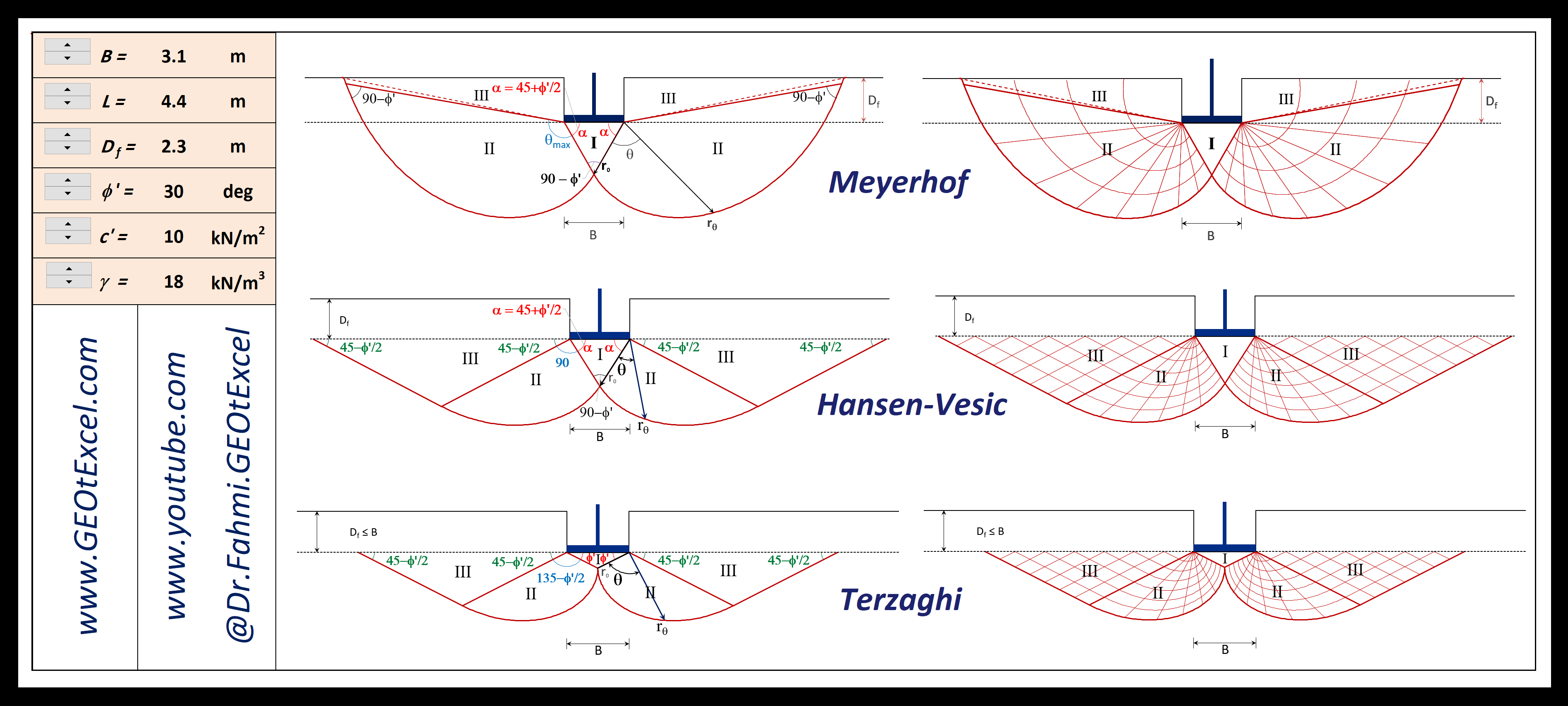
https://www.youtube.com/@Dr.Fahmi.GEOtExcel
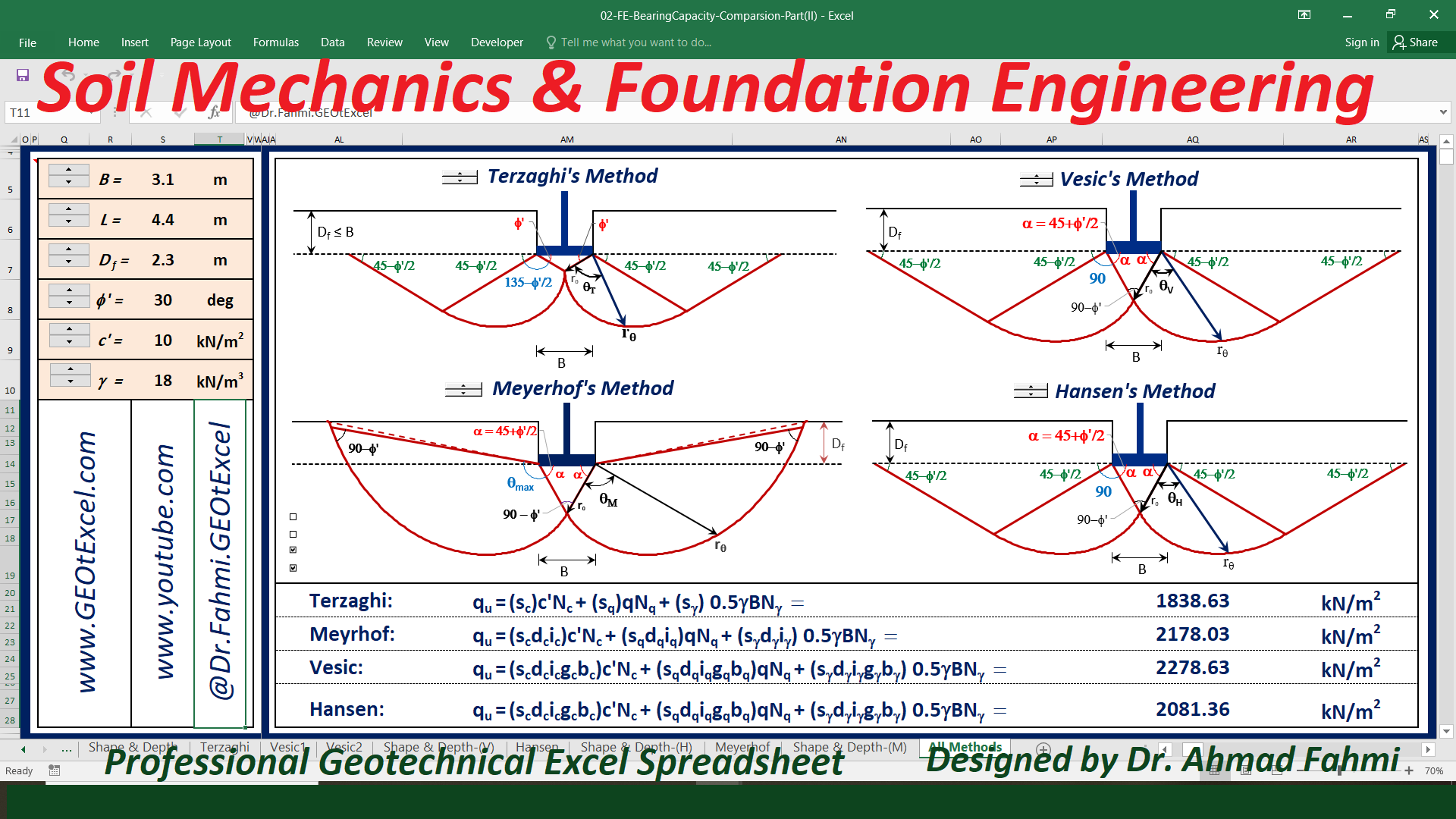
https://www.youtube.com/@Dr.Fahmi.GEOtExcel

https://www.youtube.com/@Dr.Fahmi.GEOtExcel

https://www.youtube.com/@Dr.Fahmi.GEOtExcel
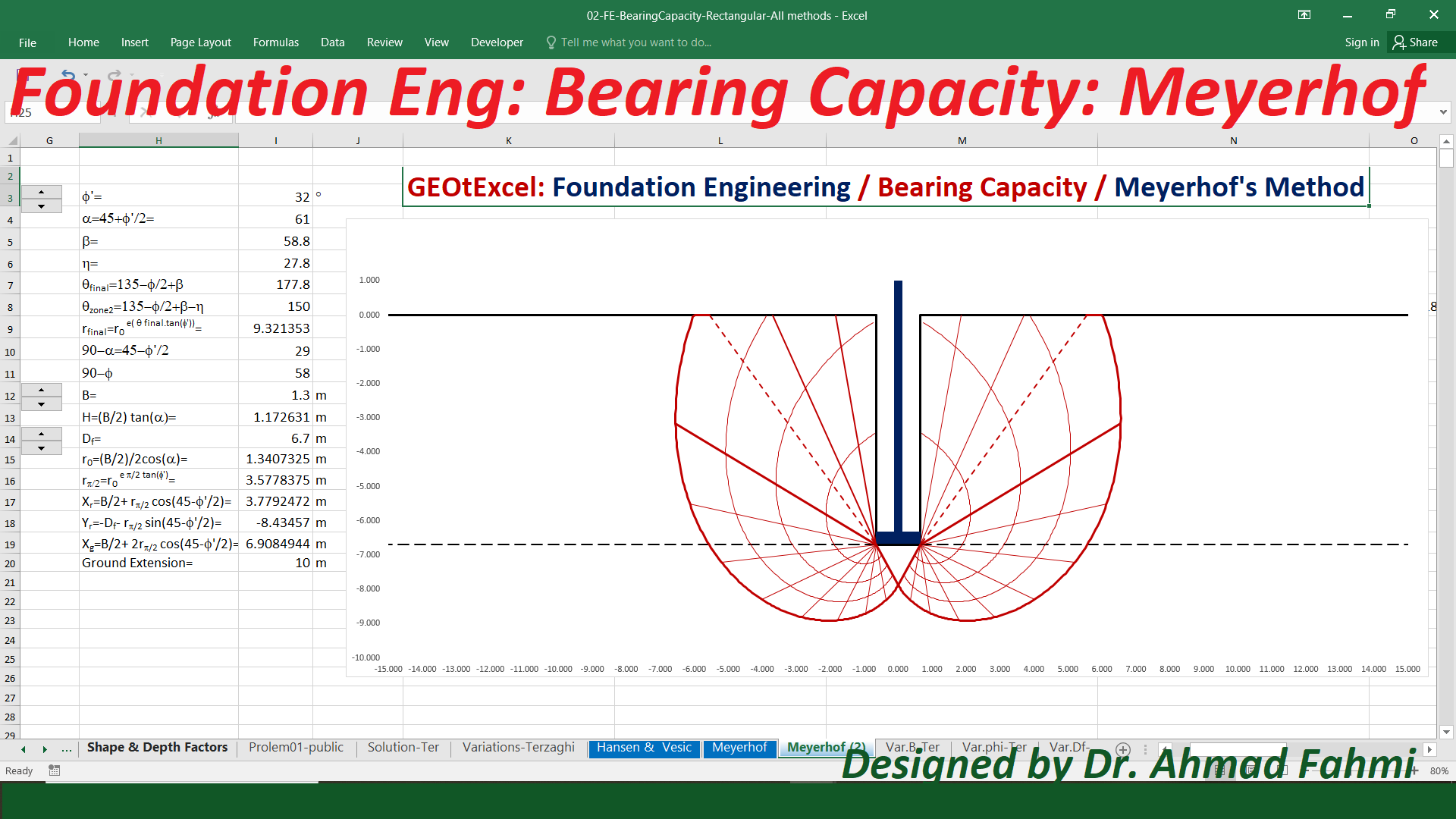
https://www.youtube.com/@Dr.Fahmi.GEOtExcel
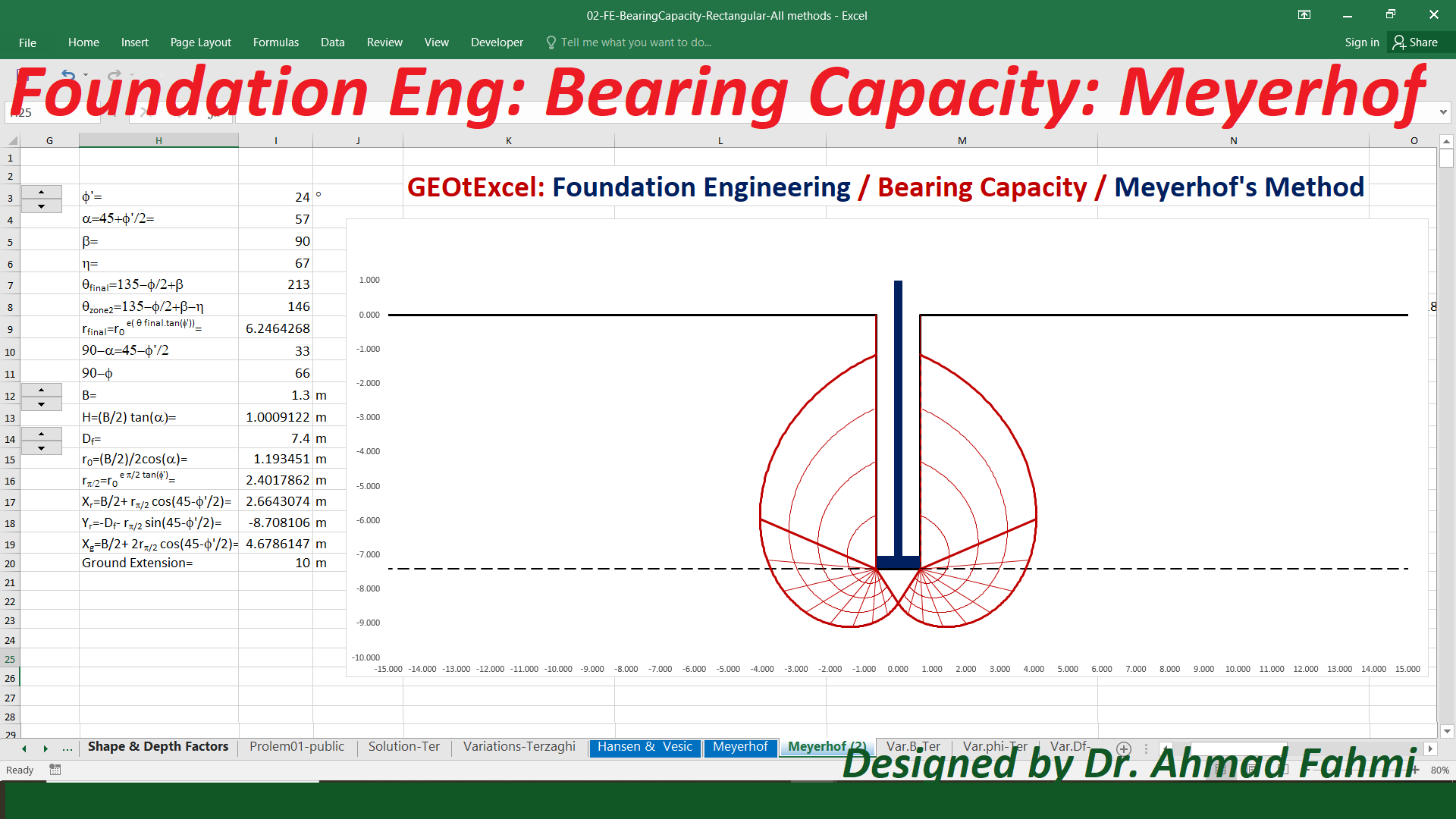
https://www.youtube.com/@Dr.Fahmi.GEOtExcel
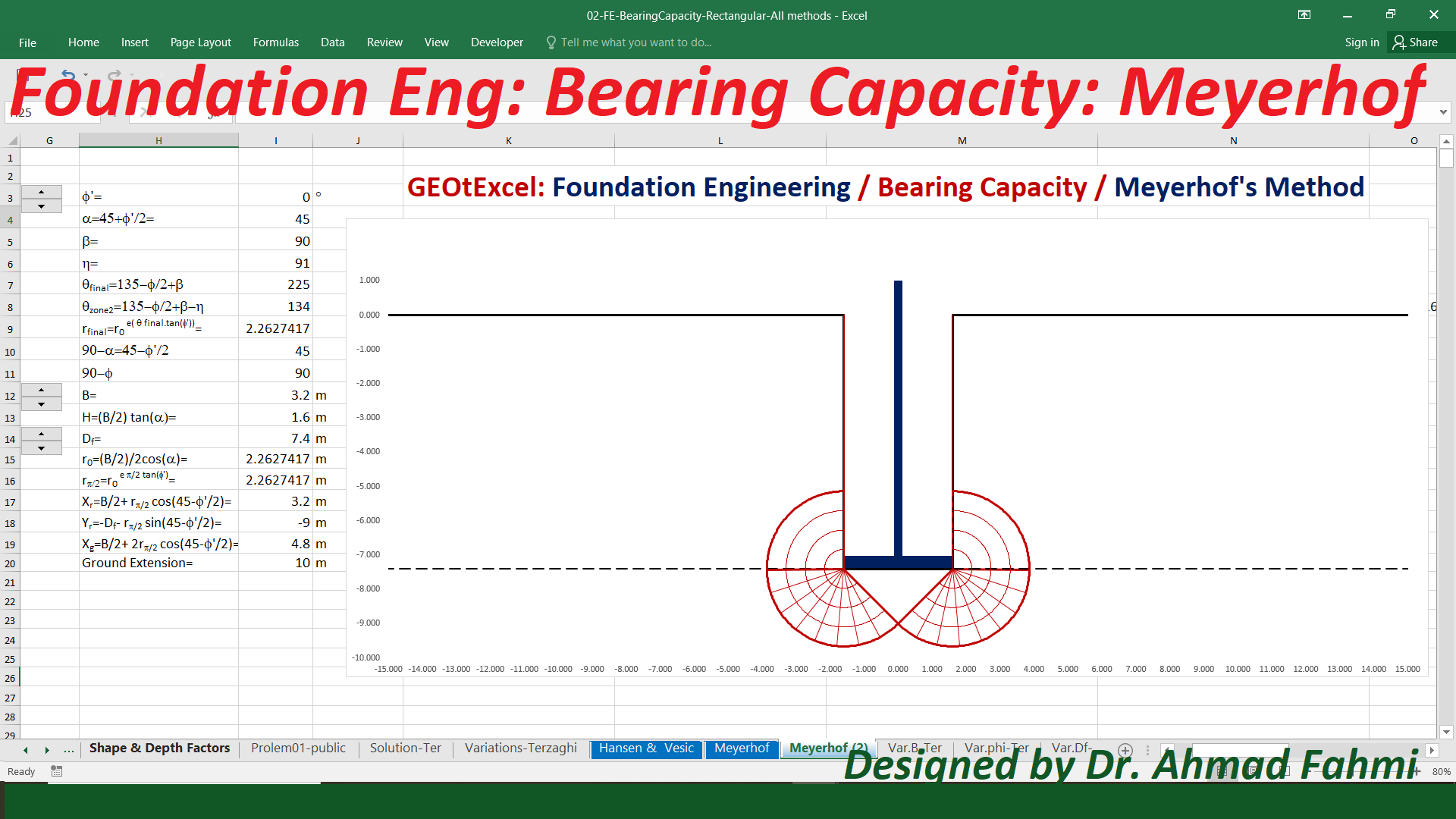
https://www.youtube.com/@Dr.Fahmi.GEOtExcel
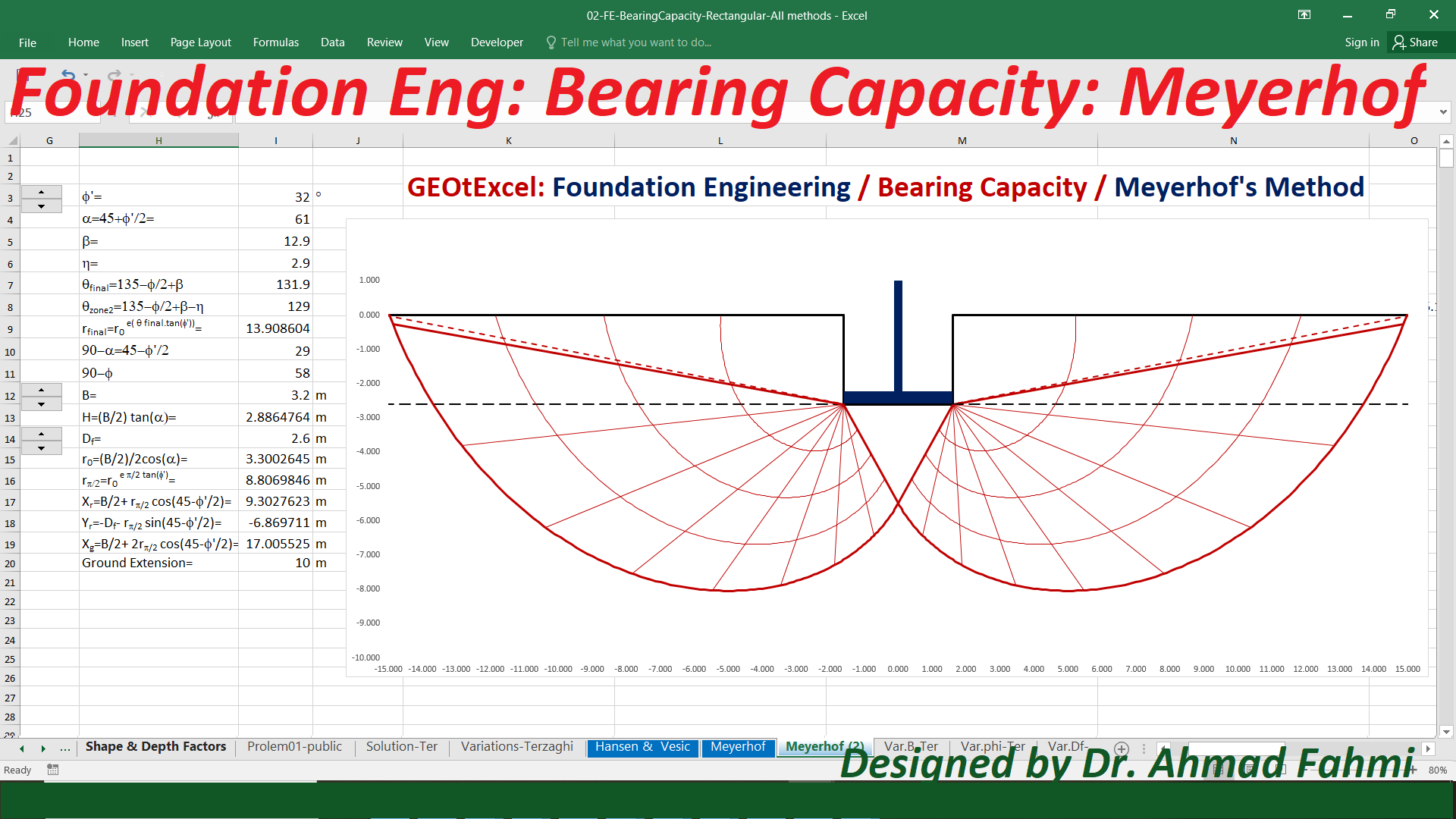
https://www.youtube.com/@Dr.Fahmi.GEOtExcel
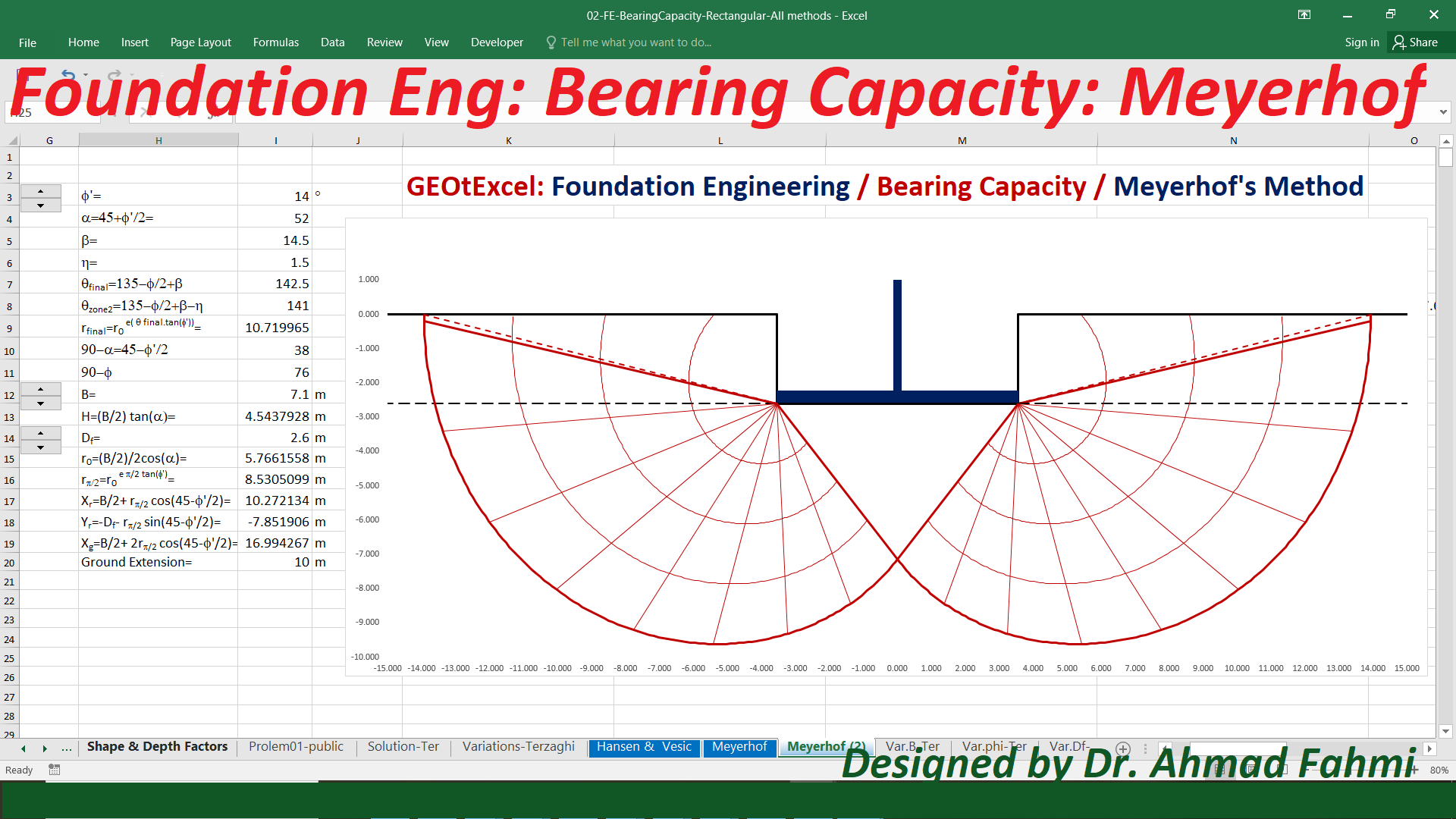
https://www.youtube.com/@Dr.Fahmi.GEOtExcel
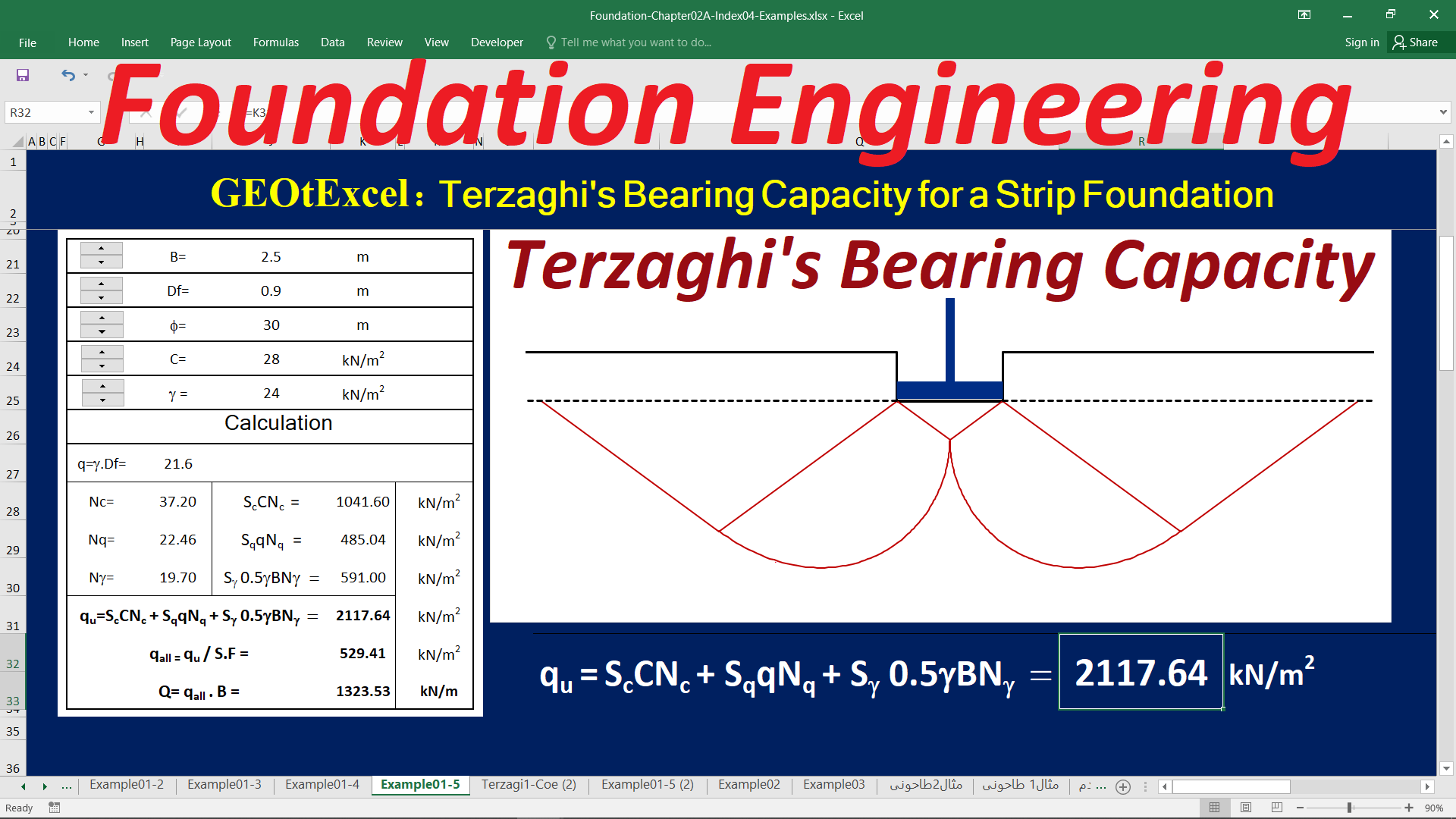
https://www.youtube.com/@Dr.Fahmi.GEOtExcel
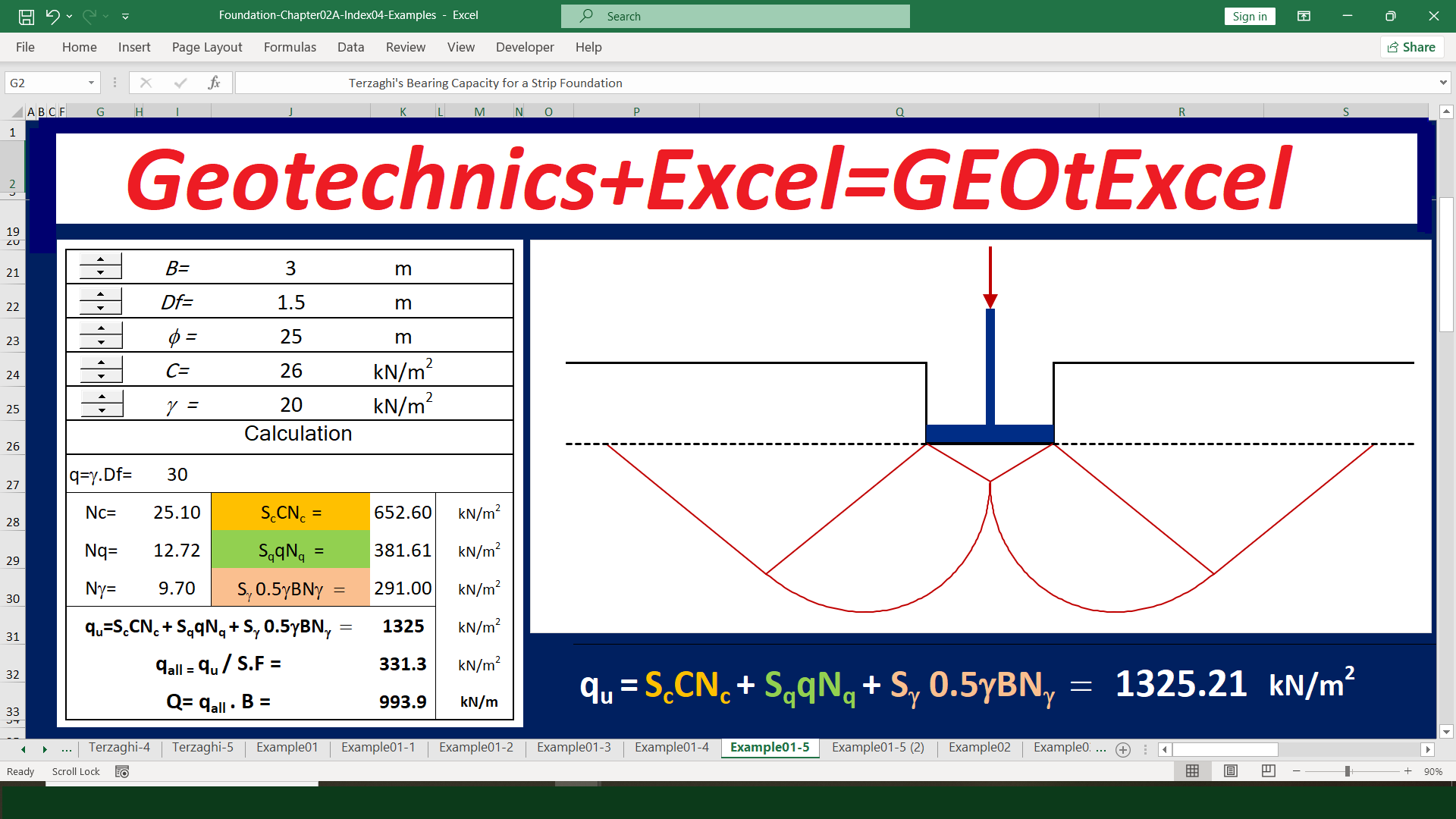
https://www.youtube.com/@Dr.Fahmi.GEOtExcel
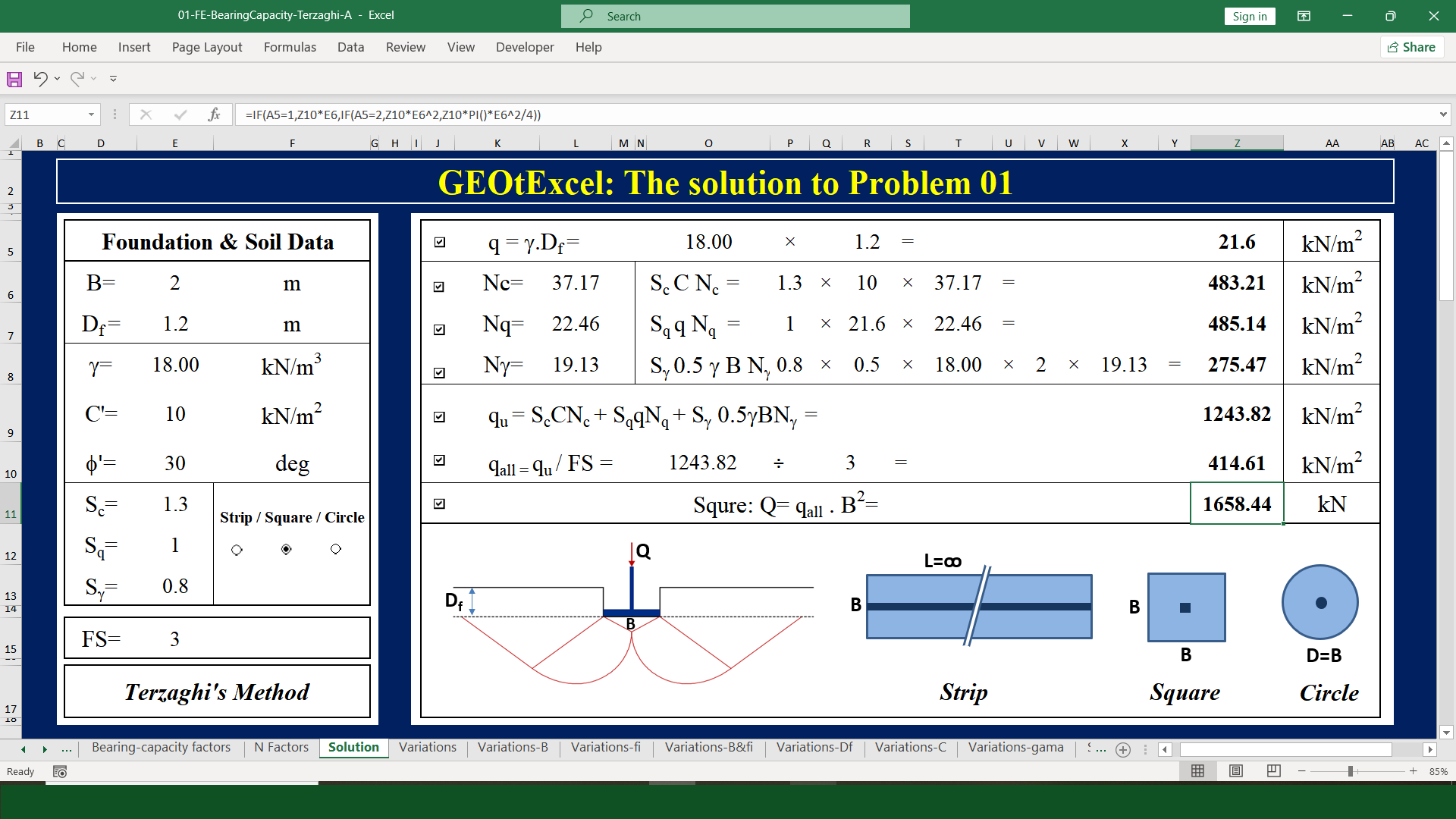
https://www.youtube.com/@Dr.Fahmi.GEOtExcel

https://www.youtube.com/@Dr.Fahmi.GEOtExcel
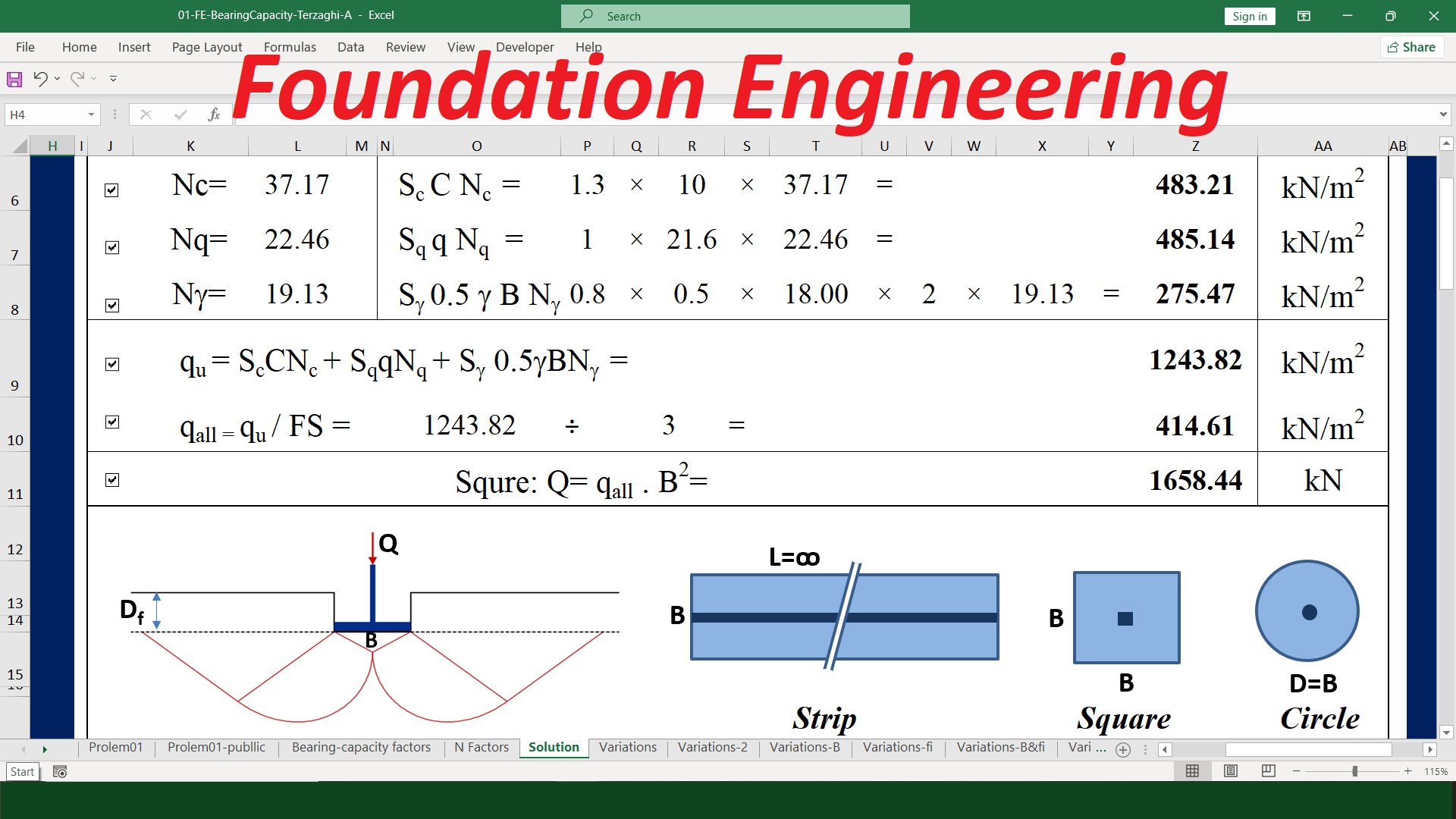


#Soilmechanics #Foundation #Foundationengineering #Foundationdesign #Geotechnics #Geotechnical #Engineering #Excel
Instagram Page Address:
https://www.instagram.com/academy.dr.fahmiExcel Spreadsheets for Soil Mechanics & Foundation Engineering
Geotechnical Excel Programs & Lectures
https://www.youtube.com/@Dr.Fahmi.GEOtExcel
Designed by Dr. Ahmad Fahmi
How to Efficiently Calculate Effective Stress, Total Stress, and Pore Water Pressure Using Excel Spreadsheets?
Effective Stress, Total Stress, and Pore Water Pressure Calculation
Watch the Related Videos on Our YouTube Channel (in English)
To efficiently calculate effective stress, total stress, and pore water pressure using Excel spreadsheets, start by organizing your data, such as soil depth, unit weights, and water levels, in a clear and logical layout. Set up separate columns for each input variable to keep the data structured and easy to update. Next, apply Excel functions to calculate total stress based on the depth of the soil and its unit weight, and pore water pressure by considering the water conditions. The effective stress is then determined by subtracting pore water pressure from total stress. Excel’s features like auto-calculation, data validation, and conditional formatting can streamline the process, ensuring accuracy and allowing you to easily modify inputs to explore different scenarios. This setup provides a simple yet powerful tool for performing geotechnical stress analysis.
https://www.youtube.com/@Dr.Fahmi.GEOtExcel
Designed by Dr. Ahmad Fahmi
How is the flow rate through the soil beneath a concrete dam calculated? Excel sheet
How is the flow rate through the soil beneath a concrete dam calculated
Flow rate calculation: Innovative unique Excel Spreadsheet
Watch the video on our YouTube channel
Instagram Page Address
https://www.instagram.com/academy.dr.fahmi/
Excel Spreadsheets for Soil Mechanics & Foundation Engineering
Geotechnical Excel Programs & Lectures
Let's make education a delightful and enriching experience together
https://www.youtube.com/@Dr.Fahmi.GEOtExcel
Calculating the flow rate of water through the soil beneath a concrete dam is crucial for maintaining the dam's stability and safety. This process requires a comprehensive understanding of seepage, which describes how water interacts with and moves through the soil. Using an Excel spreadsheet, you can streamline the calculation by inputting soil properties (such as permeability), hydraulic gradients, and cross-sectional areas to compute the flow rate through Darcy's Law. Excel’s formulas and data visualization tools allow for clear graphical representation of seepage calculations.
Designed by Dr. Ahmad Fahmi
#GEOtExcel #soilmechanics #excelspreadsheets #geotechnics #geotechnicalengineering #soil_mechanics #excel #excelsheet #shearstress #microsoftexcel
How can soil particle size be graphically represented in Microsoft Excel?
Soil particle size distribution can be effectively represented graphically in Microsoft Excel by plotting a gradation curve, which helps visualize the range of particle sizes within a soil sample. To do this, data from sieve analysis or hydrometer tests are first entered into an Excel spreadsheet. The key data points typically include the percentage of soil passing through each sieve (cumulative percent finer) and the corresponding sieve sizes. Using this data, you can create a scatter or line chart in Excel, with the sieve size (or particle diameter in mm) plotted on a logarithmic scale on the x-axis and the cumulative percent finer on the y-axis. Excel’s chart tools allow you to format the axes, add labels, and generate a smooth curve that shows the particle size distribution of the soil sample. This graphical representation helps in classifying the soil based on its gradation characteristics, such as identifying whether it is well-graded, poorly graded, or uniformly graded. Excel's flexibility in data manipulation and visualization makes it a convenient tool for engineers to represent and analyze soil particle size distribution.
https://www.youtube.com/@Dr.Fahmi.GEOtExcel
Designed by Dr. Ahmad Fahmi
How can we efficiently learn to analyze Consolidated Drained Triaxial Test (CD) results in soil using Excel Spreadsheet
Drained Triaxial Test (CD)/ Excel spreadsheets
Analyzing Consolidated Drained (CD) Triaxial Test results using an Excel spreadsheet provides an efficient way to interpret soil behavior under drained conditions, where pore water pressure is allowed to dissipate. The CD test is commonly used to evaluate the shear strength parameters of soil, such as cohesion (c) and the angle of internal friction (ϕ). To analyze CD test results in Excel, start by inputting the raw data from the test, including axial load, confining pressure, and deformation measurements. You can use Excel formulas to calculate key parameters like deviator stress, axial strain, and volumetric strain. Plotting stress-strain curves and Mohr’s circles for different confining pressures allows you to visualize the behavior of soil under various loading conditions. Excel’s built-in regression tools can also be used to derive the failure envelope, helping to determine the soil’s shear strength parameters (c and ϕ). With Excel’s capability to automate calculations and generate graphs, it becomes a powerful tool for efficiently analyzing CD test results and understanding soil behavior under drained conditions.
https://www.youtube.com/@Dr.Fahmi.GEOtExcel
Designed by Dr. Ahmad Fahmi